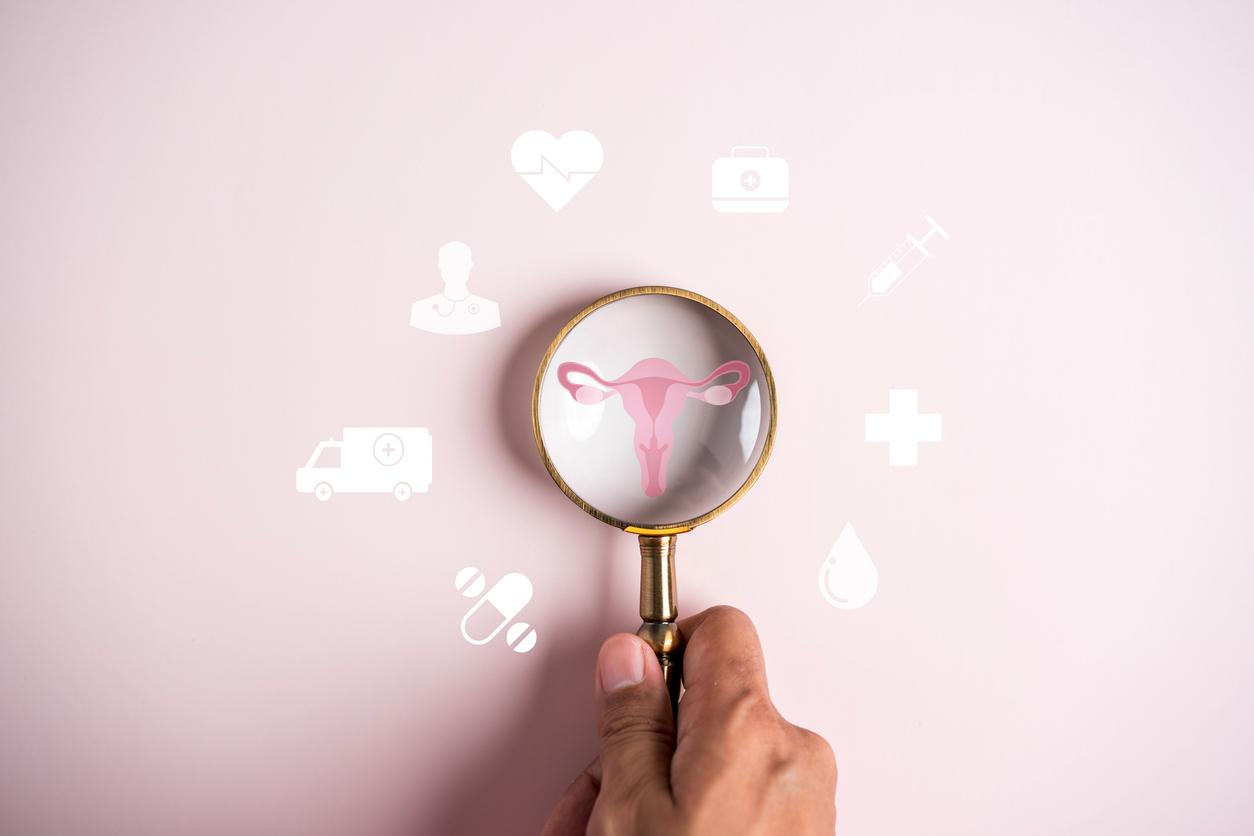While many attribute the origin of female sex toys to the treatment of female hysteria, researchers have just challenged this theory.

- In psychiatry, hysteria is no longer part of modern medical classifications such as those of the DSM (DSM-IV-TR).
- The first medical mention of hysteria was spotted in an Egyptian papyrus written in 1900 BC
A new study calls into question the origin of female sex toys, attributed by many specialists to the treatment of female hysteria.
Hysteria, a catch-all disease
In the 19th and 20th centuries, hysteria was considered a real female disease, encompassing multiple conditions, such as anxiety, depression, infertility, insomnia or even hallucinations. To treat their patients, some doctors manually caused them to orgasm via stimulation of the clitoris, in order, they thought at the time, to relax them. Hysteria becoming an increasingly fashionable disease, doctors would soon no longer have time to manually masturbate their patients, hence the idea of using a vibrator, which is less time-consuming. From there would have been born the modern female sex toys, as the historian Rachel Maines argues for example in her book The Technology of Orgasmpublished in 1998.
“The vibrator allowed, according to Rachel Maines, to replace the manual clitoral massage intended to cure hysteria. This theory has been conveyed in dozens of scientific works, novels, plays, feature films and articles. Press”, remind researchers in the Journal of Positive Sexuality, where they have just been published. But, they continue, “Rachel Maines does not rely on any solid source describing the use of the vibrator to stimulate the clitoral area”. They add : “Furthermore, none of the English-language sources in his work mention the production of paroxysms via massage, or anything else remotely approaching an orgasm.”
“An interesting hypothesis”
Following these remarks, and in the face of the debates provoked on social networks, Rachel Maines defended herself in the newspaper The Atlanticpointing out that she had only put forward a theory. “I never claimed to have proof that this was really the case”, she said. “I just wrote that it was an interesting hypothesis, and my readers seized on it to make it a truth”, she laments, apparently overwhelmed by the success of her hypothesis.
.















